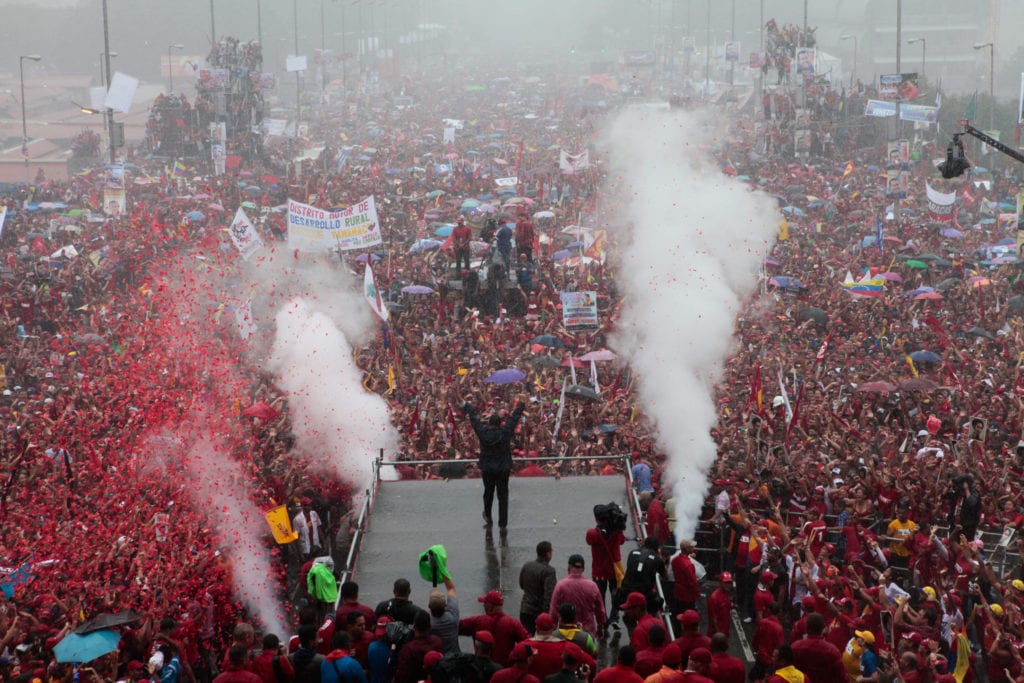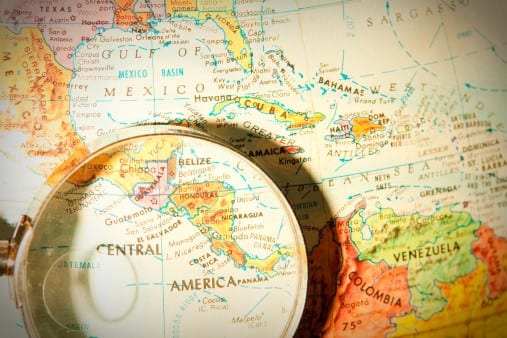
In the past two years, discussions about the decline of the “left” regimes in Latin America have become one of the most popular topics in the region. A number of international observers note that since 2016 in Latin American countries the period has rapidly begun, which is characterized by the end of a long political cycle. This stage began with the coming to power in Venezuela of Hugo Chávez (in 1999) and then covered many states of Latin America. Political scientists call this cycle “left turn”. By the way, the end of the political period in the states of the region overlapped with the completion of the economic cycle, when, after a successful financial period (2003-2013), a new era began, marked by a decline in growth rates. Some leading economists see the growing crisis in the world economy and the end of the so-called “golden decade” in 2013, characterized by high energy prices, primarily in China, as the main reason for the current difficulties in Latin American countries. What cycle has replaced the past? And what are the prospects for “left” regimes in the region?
On February 25, in the Colombian capital Bogota, at a meeting of the Lima Group (Spanish – Grupo de Lima), the US Vice President Michael Pence (Michael Richard Pence), in his speech, said that Latin America is currently undergoing a revival of democracy and care into the past of the socialist development model. He also called the president of Venezuela, Nicolás Maduro (Spanish – Nicolás Maduro Moros) “tyrant in Caracas” and “puppet of Cubans”. According to Pence, the current situation in Venezuela is a “transition from tyranny to freedom.”
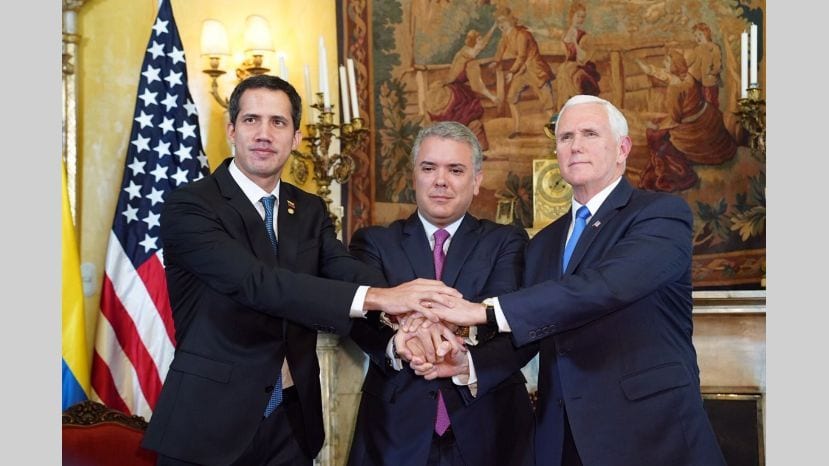
The so-called “Group of Lima” is an informal ideological association of a number of states in North and South America. This unit was founded on August 8, 2017 in the capital of Peru (Lima), where the representatives of 12 countries (Argentina, Brazil, Guatemala, Honduras, Canada, Colombia, Costa Rica, Mexico, Panama, Paraguay, Peru and Chile) signed a joint a declaration of non-recognition of the Constitutional Assembly of Venezuela, convened on the initiative of President Nicolás Maduro without a prior referendum. Subsequently, Guyana and Saint Lucia joined the group. After the coming to power of Andrés López Obrador (Spanish – Andrés Manuel López Obrador) in December 2018, the new Mexican government announced the withdrawal of Mexico from the “Group of Lima” for ideological reasons.
Today the informal association “Group of Lima” is one of the most prominent examples of the decline of the “left” regimes in Latin America. This bloc united the new “right” governments that managed to take revenge in the last two years. Why are the “left” regimes defeated in the countries of the region? What factors influenced their rapid flowering?
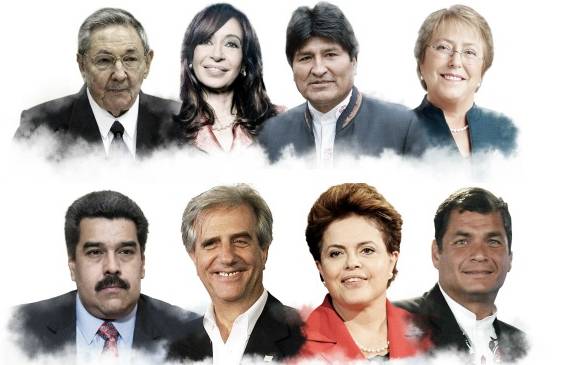
The crisis of the neoliberal model came in the mid-90s. Then the three largest economies in Latin America faced a period of stagnation (Mexican in 1994, Brazilian in 1999, Argentine in 2001-2002). In this difficult period for the Latin American states, the marginalized “left” struggled, and they again managed to seize the initiative in the elections of Hugo Chávez (Spanish – Hugo Rafael Chávez Frías) in Venezuela in 1998, Lula da Silva (Port. – Luiz Inácio Lula da Silva) in Brazil in 2002, Nestor Kirchner (Spanish – Néstor Carlos Kirchner) in Argentina in 2003, Tabaré Vásquez (Spanish – Tabaré Ramón Vázquez Rosas) in Uruguay in 2004, Evo Morales ( Spanish – Juan Evo Morales Ayma) in Bolivia in 2005, Rafael Correa (Spanish – Rafael Vicente Correa) in Ecuador in 2006. After such a brilliant victory of the “left”, the struggle with the poor and poverty on the continent with the highest inequality on the planet. The governments that came to power at this time had a difficult legacy: ten years of recession, social inequality, and political underdevelopment.
For several years, the aforementioned states managed to achieve rapid rates of economic growth, political stability, poverty reduction, even despite the global economic crisis associated with the end of the world “raw” cycle, and growing inequality in the world. Within ten years, each of these countries has been able to demonstrate decent growth and income distribution indicators. At this time, such leaders as Hugo Chavez, Lula da Silva, Nestor and Christina Kirchner, José Mujica (known as Pepe) (Spanish – José Alberto “Pepe” Mujica), Evo Morales and Rafael Correa appeared on the world political arena.
In the early 2000s. The “rightists” also played their part in Mexico and Peru, but did not achieve significant success. When the economies of these countries showed growth rates of growth, social indicators did not improve. Leaders took turns one after another, losing their positions, popularity and political reputation.
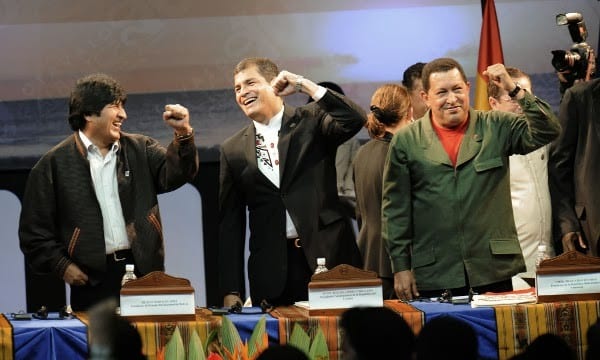
It is worth noting that for the first time in history, the leaders of the “left” wave managed to root the processes of regional integration in the countries of Latin America and the Caribbean. Moreover, these processes took place relatively independently of the United States. Thus, these governments could act as the global axis of the “left” forces of the whole world in the 21st century, and this affected even such new European “left” forces as the parties “Syriza” in Greece and “Podemos” in Spain.
However, despite the visible results of the “left” movement in the region, currently most of these countries are in crisis. According to a number of analysts, the decline of the Latin American “left” began with a corruption scandal in Brazil, which led to the impeachment of Dilma Rousseff (Port. – Dilma Vana Rousseff) in 2016. After all, Brazil over the past decade has become the largest economy in the region and the main “actor” South American integration processes. Domestic political events of 2013 – 2016 in this state, they have demonstrated the need for urgent solutions to a number of problems that have accumulated in the financial, economic and domestic spheres.
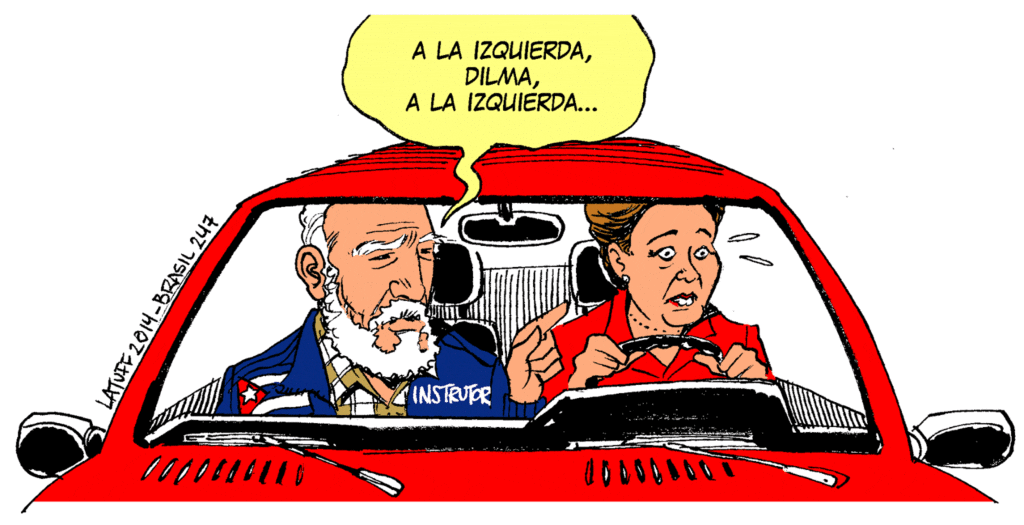
The Brazilian crisis “pulled” behind itself and other Latin American countries, demonstrating the failure of the “left” regimes to confront new social and economic challenges. By the end of the first decade of the 21st century, it was very obvious that Brazil, like most other leading countries of the Latin American region, is entering a new stage in its history, the details of which are rather difficult to predict in modern conditions. In turn, the “right” comes to mind only conservative and repressive ways out of the crisis. The striking examples are the new government of Mauricio Macri (Spanish – Mauricio Macri) in Argentina and the “ultra-right” leader Jair Bolsonaro (Spanish – Jair Messias Bolsonaro) in Brazil.
The situation in Venezuela has become one of the last political chords in the fate of the “left” in the region. The future of Latin America at the beginning of a new cycle will depend on how the dispute between post-neoliberal governments and new neoliberal economic recovery plans is resolved. Today, the solution to the Venezuelan crisis seems to be one of the main tasks of not only regional, but also global scale. Will the remaining “leftists” in Latin America be able to resist, will show several events at once, the most crucial of which will be: the presidential elections in Bolivia on October 20 of this year, the first steps of the Mexican government of Andrés Lopez Obrador and, of course, the opportunities of the “chavistas” to remain in political “cage” in Venezuela.
